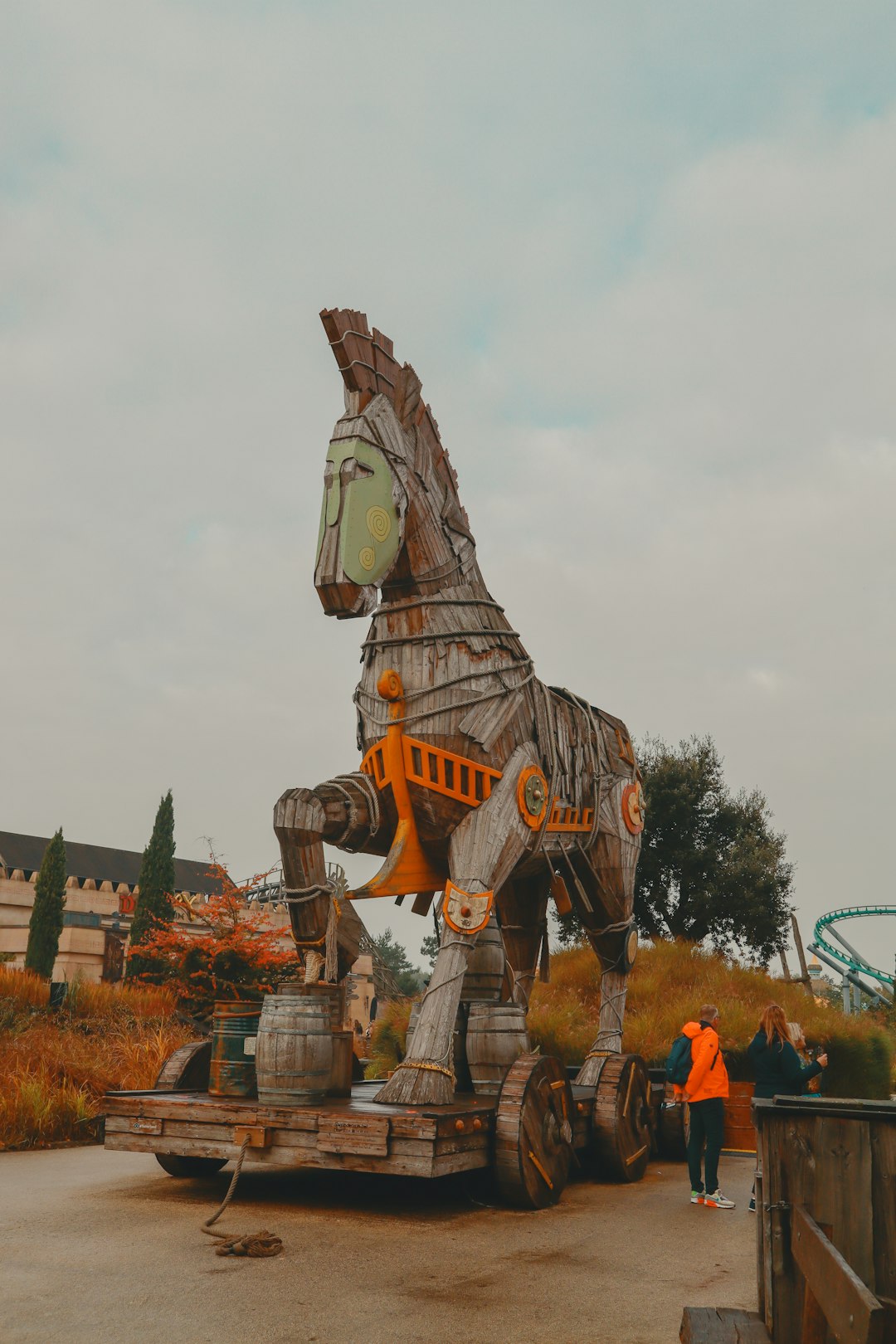
I spoke with an investor last week who told me about one of their latest investments in an augmented reality (AR) game designed behind the scenes to teach sidewalk robots how to navigate city streets—akin to a drone version of Tesla's Autopilot training. The game leveraged a popular crypto incentive model of rewarding players with tokens based on the volume and quality of their play—a model broadly associated with Decentralized Physical Infrastructure Networks (DePIN for short). Blockchain networks form the backbone of these DePIN models, providing a secure, transparent ledger for transactions and interactions within the ecosystem. Projects like Helium exemplify the potential, where a decentralized wireless infrastructure is built and maintained by a community incentivized through blockchain tokens.
Other examples of this we've discussed include Dimo for automotive data, Hivemapper for street view data, and Render for computing, among others. The blockchain not only facilitates secure transactions but also fosters a sense of community and shared ownership among participants. As seen in the Helium project, Tokens act as a catalyst, incentivizing individuals and entities to contribute to and maintain the decentralized infrastructure, thereby creating a self-sustaining ecosystem.
The DePIN Promise
The idea is that through these decentralized incentive models, you can bootstrap a marketplace by building out a supply of resources before demand comes online and defray the centralized cost of deploying infrastructure that would typically be borne by the offering party. Examples of the original model these businesses look to disrupt include Google Maps, where Google spent billions of dollars mapping and photographing the streets of the world to create an interactive on-the-ground view of Earth. Or telcos who invest billions of dollars in laying fiber or deploy 3/4/5G towers ahead of network launch so that when enough towers are online to cover a region, the latest cell service can be turned on.

In the DePIN model, we can have contributors of data/bandwidth/compute, etc., be incentivized with future network ownership that will ultimately be commercialized as the infrastructure reaches critical scale. This incentivization of data collection and infrastructure development, underpinned by blockchain technology, marks a paradigm shift from traditional centralized models.
These new models provide an exciting innovation in the area of infrastructure development. But I wonder if there isn't a model that we have missed through the more crypto-native approaches of these V1 entrants to the DePIN world.
Remembering Pokemon GO
During the summer of 2016, the streets of New York City were abuzz with many people seemingly chasing after celebrities for a photo op. However, I soon realized that they were chasing after imaginary creatures in the popular game Pokemon GO, which was the first big demonstration of Augmented Reality (AR) that I can remember. This game was fascinating to observe, as players could wander around the city and discover orbs and other virtual goods. The incentive was simply the gameplay and collecting these virtual goods, as seen in most popular games around the world today.

Around the same time, I recall businesses trying to pay people to take pictures of grocery store shelves for real-time insights into product placement and pricing. However, these businesses never took off due to the high costs of building out the speculative data set and the photographers getting bored doing an unnatural task.
Today, I wonder what we could achieve by considering the gameplay model attached to the experimentation with DePIN. Imagine if all those Pokemon GO players had modern iPhones equipped with cameras and sensors to record and feed data back to the game maker, Niantic, in real time. The gameplay could become a massive trojan horse, leading to the collection of an amazing real-time mapping, sensor, and information network that could be utilized in a variety of exciting ways.
In the traditional corporate model, this potential trove of real-world data given to a centralized body for free to monetize could be a frightful idea. But if the players feel they aren't being exploited in this process and ultimately become the beneficiaries of the monetization of their work, what kinds of interesting opportunities might this unlock?
The Trojan Horse Approach

Photo by Tayla Kohler on Unsplash
Examples already exist of versions of this in practice. Captcha forms serve as a trojan horse for AI training models, where we're constantly providing input on which pictures in a 3x3 matrix are cars or street lights or which letters in a faded piece of text spell words. The product (Captcha) makes a user perform a necessary act (prove I'm not a bot), and theoretically, I get a better user experience of the product since these protective measures are undertaken. What happens when, instead of introducing friction, we introduce games that people can play to generate information or infrastructure that ultimately becomes valuable over time—and instead of Google/Waymo benefiting exclusively from the training data we supply, our gameplay and fun are commercialized in a way that we benefit from as we're rewarded for work. Maybe this is where the whole Metaverse concept comes to life?
The concept requires some refinement, but the general idea of creative entrepreneurs introducing games or other mechanisms for users in the real world to participate in the development of key infrastructure and the long-term commercialization of this infrastructure—whether through airdrops or other incentive models—is intriguing.
If this is an area you're building in—the trojan horse model of driving natural user behaviors to generate data or other generated value from a core product or service with the ability for those users to ultimately share in the commercialization of their work, I'm eager to hear what you're building.
